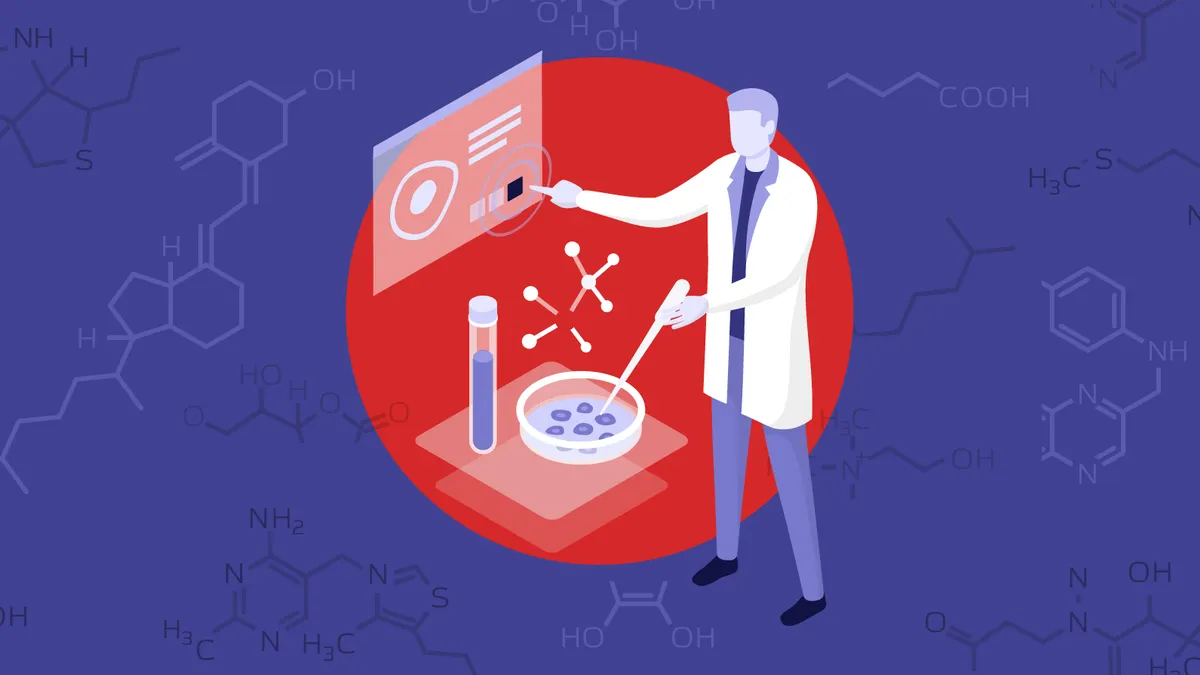In a race where every day counts, speed has become a defining metric for pharmaceutical innovation. But as timelines compress, regulatory scrutiny intensifies and patient expectations rise, a crucial question remains: Can your organization move fast without compromising trust?
For many life sciences companies, the answer lies not in simply adopting more technology—but in building the right data foundation to support confident, timely decision-making across the pharmaceutical lifecycle.
The Speed–Trust Paradox
From clinical trials to commercialization, pharma organizations are under immense pressure to reduce time to market. Meanwhile, complexity is rising, trials are increasingly decentralized, supply chains are more global and stakeholders are more interconnected.
Moving faster without creating risk requires transparency. Every decision—whether changing a trial protocol or ramping up production—must be backed by timely, accurate and trusted data. That’s where many organizations hit a wall.
The Data Bottleneck: A Silent Innovation Killer
Despite decades of digital investment, many pharma teams still manually reconcile data across disconnected systems—trial data in one, regulatory documents in another, supply chain metrics in a third. This fragmentation causes critical delays in data consolidation and reporting—slowing decision-making when speed matters most.
Ask yourself:
- How often do your teams spend time aligning performance data before meetings?
- Are delays in insight holding back trial adaptations or manufacturing optimization?
- Do your executives feel equipped to make fast, evidence-based decisions?
If these questions raise concern, you’re not alone.
Why Visual, Purpose-Driven Analytics Matter
It’s not just about access—it’s about clarity and confidence.
Decision-makers need real-time insights that are fast, clear and trustworthy. Visual analytics, predictive modeling and AI-powered insights can transform the game—when deployed with purpose.
Instead of combing through siloed reports, teams can align around dashboards that visualize trial performance, patient recruitment and supply chain variability. This enables smarter pivots, stronger stakeholder confidence and less time lost to debate.
Trust and Transparency Across the Lifecycle
Trustworthy decisions start with trustworthy data. In the discovery and preclinical phases, ensuring data integrity is critical. Technologies like immutable audit trails and blockchain provide clear records of data provenance. Fostering a culture of data stewardship among scientists and data engineers.
As clinical development accelerates, AI and analytics can streamline trial design and patient recruitment—but transparency is key. Black-box algorithms introduce risk if stakeholders can’t trust the basis for decisions. Regulators now demand robust validation and documentation for AI-driven insights.
For regulatory submissions, digital platforms that enable real-time collaboration with regulators—and provide clear, auditable data trails—are essential. Standards like CDISC and proactive communication can reduce back-and-forth, speeding approvals while maintaining credibility.
Post-approval, manufacturing and supply chain integrity are paramount. Digital twins and IoT-enabled monitoring offer real-time visibility and rapid response to deviations. Strong data governance ensures every change is tracked, supporting both compliance and rapid decision-making.
Balancing Compliance and Innovation: What’s Actually Working
Forward-thinking life sciences companies aren’t just collecting more data—they’re making it usable. A modern data platform gives teams faster, more reliable access to clinical, regulatory and real-world insights—fueling smarter decisions and reducing time-to-value.
For example, one pharma company overhauled its data onboarding process with a unified platform, cutting onboarding time by 50%. This accelerated how quickly teams could act on new data for regulatory filings and commercial planning. That kind of foundation is essential when layering in AI and advanced analytics—because speed, transparency and traceability aren't optional in this industry.
The Opportunity Ahead
Data maturity across big pharma is inconsistent—but that’s an opportunity for differentiation. The path forward lies in modernizing data platforms for real-time data access—paired with advanced analytics that surface meaningful patterns and risks. When AI and automation are layered on a unified, governed data foundation, they become catalysts for faster trial decisions, optimized production runs and more confident planning.
For pharma, the advantage isn’t more data—it’s making smarter, faster decisions with the data you already have.
Building the Next Competitive Edge
As the industry evolves, the most competitive organizations won’t just be the fastest—they’ll be the most trusted. They’ll invest in transparency, not just tools and build data systems for action, not just storage. In life sciences, innovation moves at the speed of confidence—and confidence starts with data you can trust.










